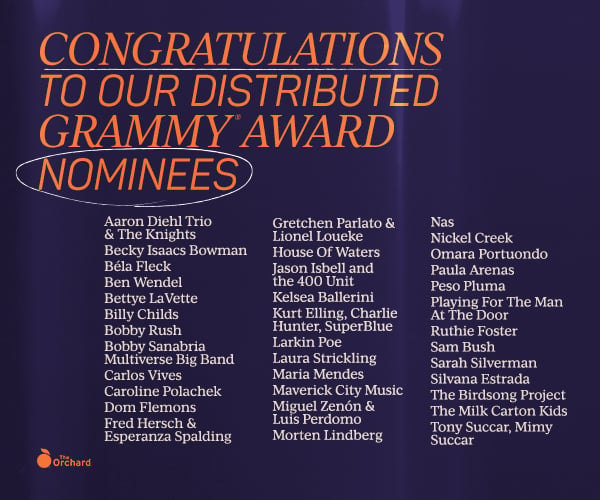Revenues from music streaming now account for 83% of recorded music sales in Norway – up 3% year-on-year – as total music sales rise by 7.8% in H1 2016.
During the first half of 2016, the Norwegian music industry clocked up 333 million NOK ($40.3m) from music sales, up from 309m NOK ($37.4m) in H1 2015.
Norway’s recorded music market is on course to top its growth last year, when it was up 6.9% to NOK 646m ($74.3m) – a return to growth after the industry flatlined in 2014.
Streaming income continues its year-on-year growth, up 30m NOK from 248m NOK ($30m) to 278m NOK ($34.6m) year-on-year.
During the same period from 2014 to 2015, that number rose 28m NOK ($3.4m).
Downloads are significantly down, falling 32% to 14m NOK ($1.7m) from 21m NOK ($2.5m) in 2015. They account for 4% of the turnover of music in Norway, down from 7% last year.
Money earned from video streaming on platforms like YouTube count for less than 1.5% of total revenue at 4.7m NOK ($0.57m), down 0.2m NOK from the first half of 2015. That’s less than 2% of the total streaming revenue.
Physical sales are up by 3m NOK, counting for 43m NOK ($5.2m) in H1 2016 and 13% of total sales – the same level as 2015.
Vinyl is also up with sales increasing 43% by 4.3m NOK from 9.9m NOK ($1.2m) in 2015, to 14.2m NOK ($1.7m) in 2016.
The format counts for 33% of physical product sales, up from 24% last year, and 4% of all sales.
Artists released by Norwegian record companies on streaming services count for a 23% share, up 1% from 2015. On all formats, that share stands at 25%.
Marte Thorsby, CEO of IFPI Norway, said: “It is positive that the sale of music continues to grow significantly in Norway. A total increase of 7.8% is among the international elite.
“Continued revenue growth in streaming services shows that the market is still not saturated and we believe in continued increase in sales in the years to come.”
marte thorsby, ifpi norway
“Continued revenue growth in streaming services shows that the market is still not saturated and we believe in continued increase in sales in the years to come.”
However, Thorsby is also pushing for an amendment to the “safe harbour” exemptions that see platforms like YouTube escape liability for copyright infringement.
He continued: “Our concern is that the income from the video stream incl. Youtube is still so low. Knowing that 25% of the population daily use Youtube, it is far from reasonable that they only pay a fraction of what competitors Spotify, Tidal and Apple Music pays to artists and record companies.
“It is necessary that we get a legal amendment that makes the conditions of competition similar between these players.”
Music Business Worldwide



